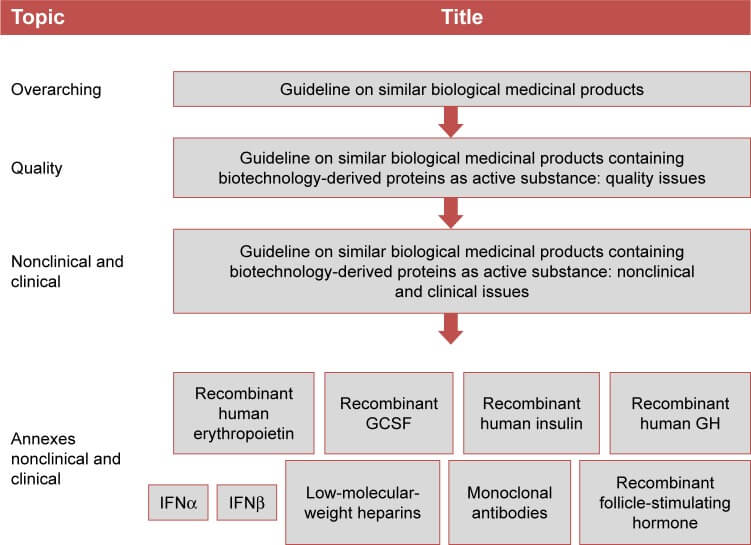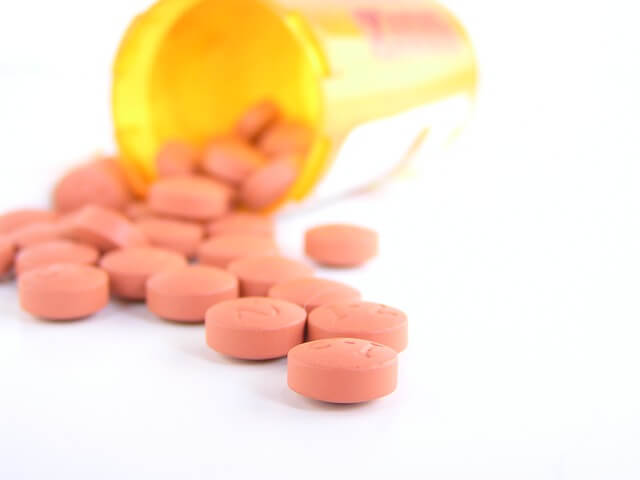
Biosimilars, versions of biological medicinal products that demonstrate similarity to licensed (innovator) products, have become increasingly important in the pharmaceutical industry. Their development involves a complex process, including landscape assessments, primary research with stakeholders, and researching the policy and insurance environment. To ensure the successful clinical development of a biosimilar product, it is crucial to have early consultation with regulatory agencies regarding the indication to pursue for the pivotal clinical efficacy trial and specific design elements for the study.
Key Design Considerations
Therapeutic Indication and Extrapolation of Indication:
- The choice of therapeutic indication is critical, as it impacts the study design and patient population. Biosimilars are often developed for multiple indications, and extrapolation of indications beyond those studied is possible if the efficacy and safety of the biosimilar are justified based on the overall totality of evidence.
Study Design:
- The design of pivotal efficacy trials for biosimilars typically involves randomised, parallel group comparative clinical trials, preferably double-blind, using efficacy endpoints in either a non-inferiority or equivalence design.
Target Patient Population:
- The patient population should be carefully selected based on disease activity, prior biological treatment, and other relevant factors to ensure that the study is representative of the target population.
Background Therapy:
- Background therapy can significantly impact the study outcomes and should be carefully controlled or accounted for in the study design.
Stratification Factors:
- Stratification factors, such as disease severity, should be considered to ensure that the study population is well-represented and to minimize confounding variables.
Transition Design:
- Transition designs, which involve switching from the originator to the biosimilar product, are important to assess interchangeability and should be carefully planned.
Primary End Point:
- The primary end point should be carefully selected to ensure that it accurately reflects the efficacy and safety of the biosimilar compared to the branded product.
Choice of Equivalence Versus Non-Inferiority Design:
- The choice between equivalence and non-inferiority designs depends on the specific goals of the study and the regulatory requirements.
Defining Equivalence Margin:
- The equivalence margin should be carefully defined to ensure that it is clinically relevant and meets regulatory requirements.
Regulatory Guidance and Master Protocols
Regulatory agencies such as the FDA provide guidance on the design and conduct of clinical trials for biosimilars. For example, the FDA recommends the use of master protocols, which are designed with multiple substudies to evaluate one or more investigational drugs in one or more disease subtypes within the overall trial structure.
Master protocols can be used to conduct trials for exploratory purposes or to support a marketing application and can be structured to evaluate different drugs compared with their respective controls or to a single common control.
Strategic Planning and Execution
- Strategic planning and a few simple tactics can increase return on investment and expedite time to market for biosimilars. This includes:
- Protocol design that meets regulatory requirements and considers the implications of increasing the complexity and volume of data collated.
- Patient recruitment strategies focused on regions where patients can benefit from the availability of biosimilars through clinical trials.
- Sourcing and planning the availability of comparator drugs to ensure that delays do not impact on key milestone targets and the smooth running of the trial.
Conclusion
Effective biosimilar clinical trial design and execution require careful consideration of key design elements, regulatory guidance, and strategic planning. By following these strategies, pharmaceutical and biotechnology companies can increase their chances of successful biosimilar development and approval.
References
- Covance. (n.d.). THE BIOSIMILARS LANDSCAPE: STRATEGIES FOR CLINICAL AND COMMERCIAL SUCCESS. Retrieved from https://biopharma.labcorp.com/content/dam/covance/assetLibrary/whitepapers/CDCS-CLNLAT-Biosimilars-Webinar-WPCDS018.pdf
- U.S. Food and Drug Administration. (2022). Master Protocols: Efficient Clinical Trial Design Strategies to Expedite Development of Oncology Drugs and Biologics Guidance for Industry. Retrieved from https://www.fda.gov/media/120721/download
- Alten, R., & Cronstein, B. N. (2015). Clinical trial development for biosimilars. ScienceDirect. Retrieved from https://www.sciencedirect.com/science/article/pii/S0049017215000645
- Rieke, A., & Murphy, M. F. (n.d.). Key design considerations on comparative clinical efficacy studies for biosimilars. BMJ Open. Retrieved from https://rmdopen.bmj.com/content/2/1/e000154
- ICON plc. (2018). Biosimilar Trial Design | Thought Leadership. Retrieved from https://www.iconplc.com/insights/blog/2018/11/30/biosimilar-trial-design























